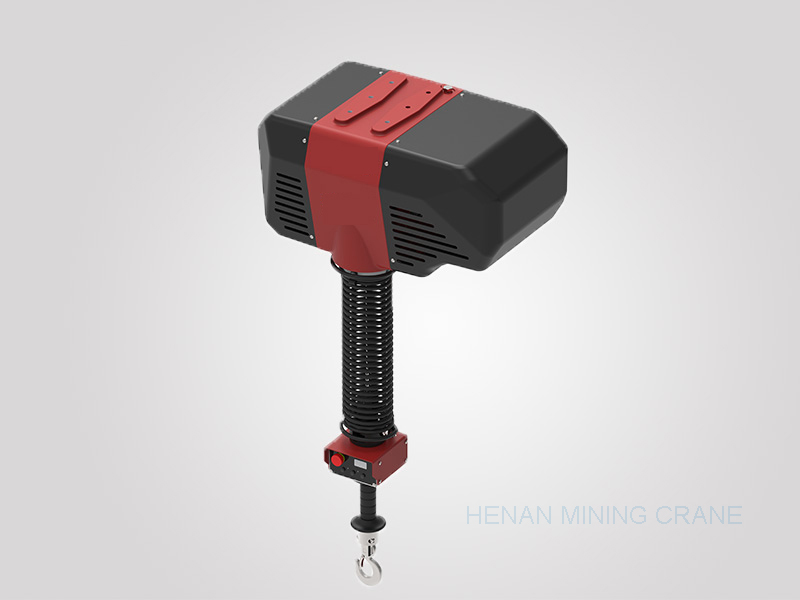When it comes to selecting the material for a pet cage, there are numerous choices available, each with distinct pros and cons. The decision ultimately depends on your pet's size, activity level, and your specific needs.
Plastic pet cages are quite lightweight, making them ideal for those who frequently move their pets around—whether it’s shifting the cage between rooms or traveling. Cleaning is straightforward too; most stains don’t cling to the surface, and a quick wipe with a damp cloth usually does the trick. However, these cages lack durability, especially against pets that are highly active or enjoy gnawing. Larger, stronger animals could easily damage or even bite through the plastic, leading to potential safety hazards.
Wire cages offer excellent ventilation, ensuring fresh airflow inside, which is crucial for maintaining your pet’s health while minimizing unpleasant smells. Rust prevention is key here; look for cages with proper surface treatments like painting or electroplating to ensure longevity. While they’re sturdier than plastic, wire cages still face challenges under prolonged use by vigorous pets—they might bend or break over time. Additionally, cleaning can be a bit tricky due to gaps that trap debris.
Stainless steel cages stand out for their robustness and resilience. Even the most energetic pets struggle to dent or scratch them, providing peace of mind. They’re also resistant to rust and easy to keep clean, keeping the cage looking pristine for years. On the downside, they’re heavier, which poses a challenge if mobility is a concern. Plus, the upfront cost tends to be higher compared to other materials, which might not fit everyone’s budget.
Wooden cages provide a cozy, eco-friendly option that blends seamlessly into household decor. Their natural warmth makes them particularly appealing for indoor setups. These cages tend to be more stable and are great for smaller or less active pets. Yet, they require regular maintenance to prevent rotting and bacterial growth, especially in damp environments. Wood is also quite heavy, making it less practical for frequent relocation. Proper cleaning techniques are essential to preserve the wood’s integrity.
In summary, each material has its own set of benefits and limitations. It’s important to weigh these factors carefully before making your final choice based on what best suits both you and your furry friend.
New Chinese Design Hoist
The hoist may feature advanced technology and innovative design elements, such as improved safety features, energy efficiency, and ease of use. It could also be customizable to meet specific requirements of different industries and applications.
Overall, a Chinese design hoist aim to provide reliable and efficient lifting solutions to enhance productivity and safety in various industries.
The new design hoists are widely used Overhead Crane, Gantry Crane, Jib Crane , Port Crane, etc.

New Chinese Design Hoist,Low Headroom Rope Hoist,Integrated Wire Rope Hoist,Multi Function Wire Rope Hoist
HENAN MAJOR INDUSTRIES IMP. & EXP. CO., LTD. , https://www.henanminingcrane.com
